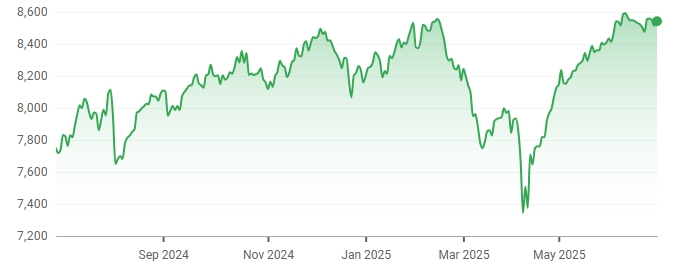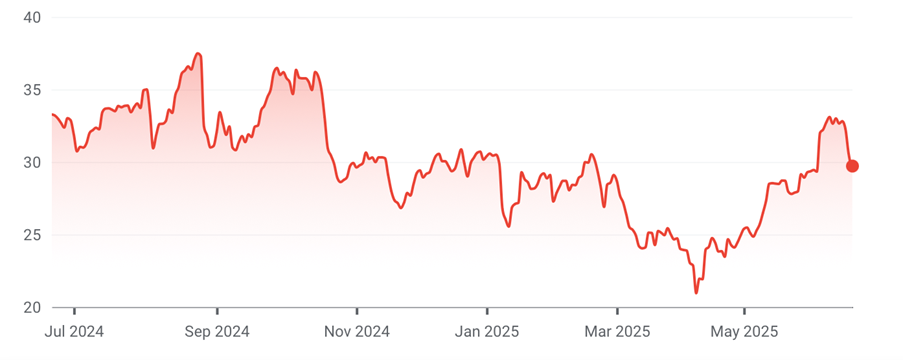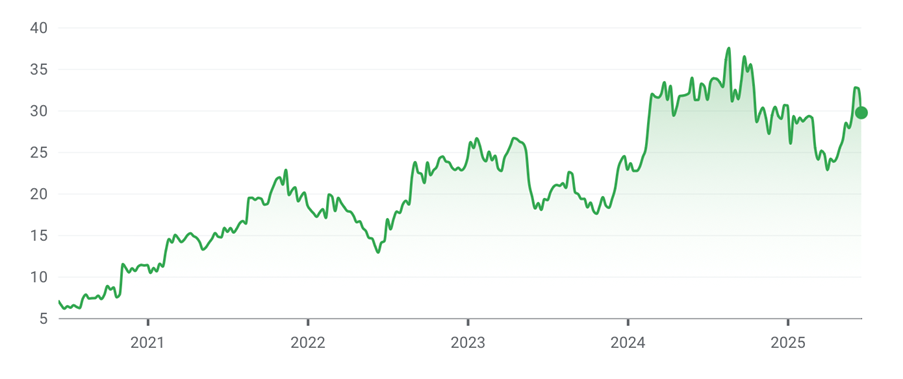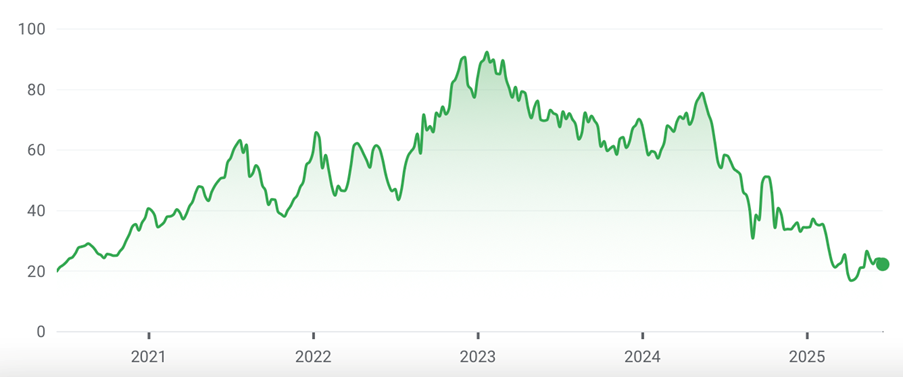What do we want? Foreign workers! Now!
Our tight job market and possibly local attitudes to work have pushed employers to look overseas to recruit foreign workers, such that soon we might have police on the beat saying: “Hello, hello, what have we got here?”
If you haven’t been a fan of old UK television dramas such as The Bill, you might need more information, so let’s make it clear. Right now, the South Australian police force has an advertisement showing three boys in blue standing in the water holding a big picture of a sunrise over the sea with the pitch: “WISH YOU WERE HERE.”
The AFR’s Hannah Tattersall tells us that these guys are late to this recruitment party as the Queensland and Western Australia police forces have been enlisting the famous English bobbies for some time.
But we’re not just targeting cops to clean up the streets of Australia, as Tattersall revealed with the opening lines to her story:
“When George Peppou finally convinced SpaceX engineer Ines Lizaur to move to Australia from the US and work for his cultured meat company Vow, it wasn’t the money that sealed the deal, or the equity she would gain in a firm that had just raised more than $80 million from investors.”
It was the city Sydney itself!
Like a lot of tourists who holiday here, this country shows that Australia has something worth pursuing and it’s a great lifestyle. Sure, our distance from the rest of the world is a travel problem but once someone gets here, they see it’s worth it. That’s a competitive advantage the governments of Australia should be exploiting that they aren't currently.
In recent times, even as the economy slowed to snail pace growth, unemployment hasn’t risen above 4.1%, which says we have a tight labour market. Part of that is driven by the fact that we lack workers in specific areas.
Tattersall reports that “Shannon Karaka, Australian head of global human resources platform Deel, which facilitates hiring and paying employees internationally and also offers immigration support, says there are skilled labour gaps in tech, healthcare, engineering and education, as well as software development, cybersecurity and data science.”
But it’s not all a cakewalk for Australia attracting talented workers. This is where the Federal Government must lift its game.
Karaka says countries such as Singapore, Hong Kong and the UK tend to offer broader incentives and faster visa processing.
According to recruitment firm Robert Half, one of those incentives is that we’re a country where workers have largely gone back to the office, while overseas many employees are two or three day workers from home!
In an age where the Albanese Government has named raising productivity as the country’s number one economic goal, getting the right workers, no matter where they come from, seems like a smart way to boost our efficiency.








